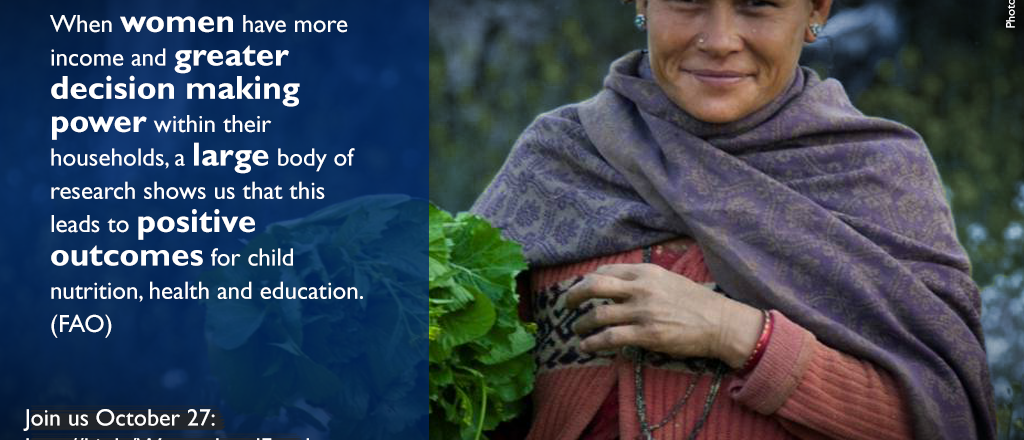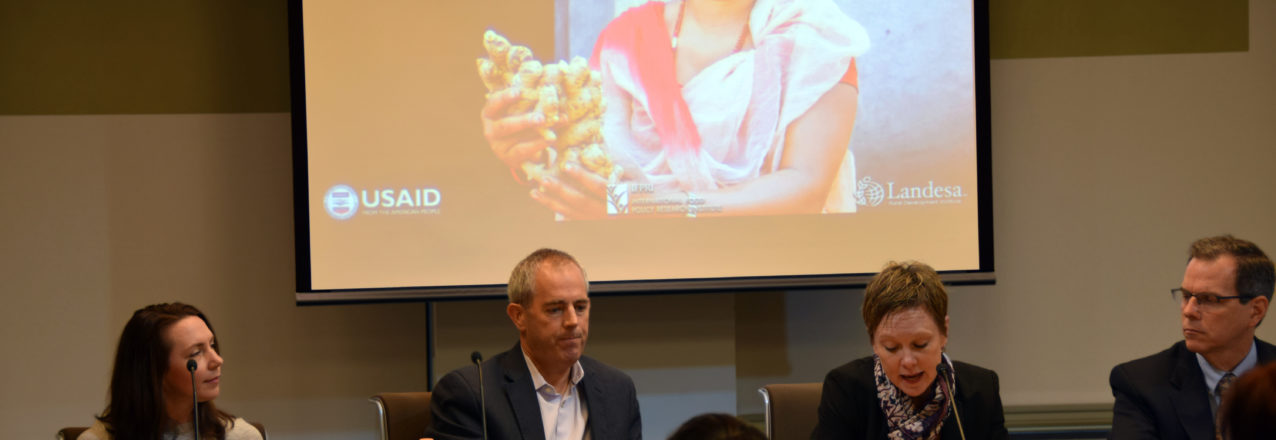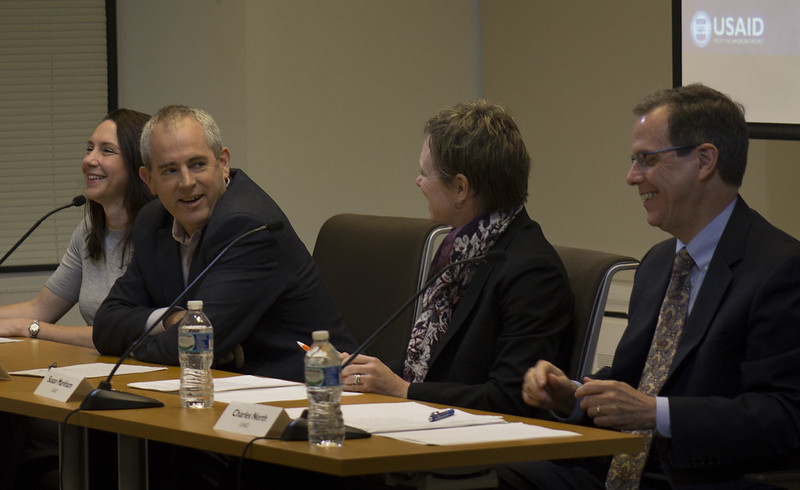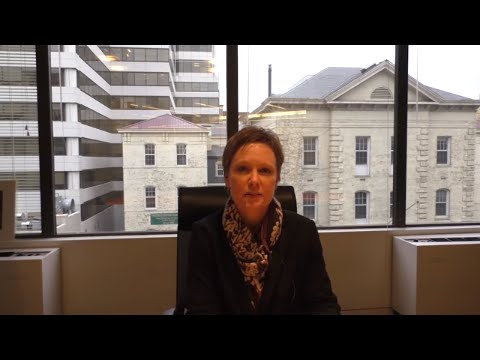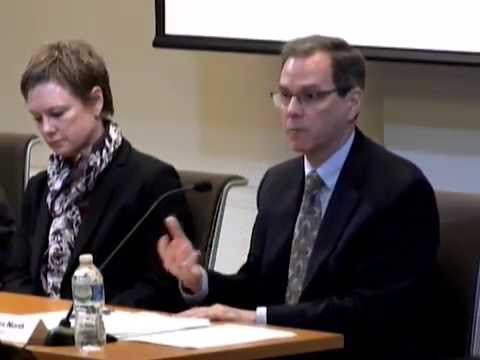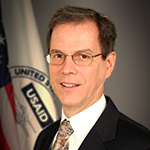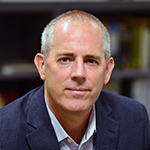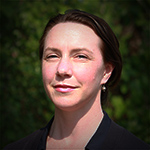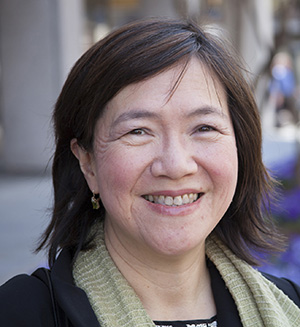
Question: Dr. Quisumbing, tell us about yourself; what is your professional background?
Answer: I am an economist by training, and have worked on intrahousehold and gender issues, land and property rights for 20 years at the International Food Policy Research Institute (IFPRI). I came to IFPRI after working at the University of the Philippines and the World Bank. At IFPRI, I led the gender and intrahousehold research program, and co-led work on poverty and economic mobility and gender and assets.
Question: You have researched women’s land rights in a variety of countries in Africa and Asia. What does your research show about the importance of women’s land rights in these different contexts, and their relationship with other important development issues?
Answer: Women’s land rights play out differently in different countries and contexts. The importance of women’s land rights to poverty, economic mobility, and sustainable agriculture crucially depends on country and context, including the women’s ability to own and invest in other types of assets (including their own human capital) and the availability of non-farm economic opportunities. In Bangladesh, for example, our work on the intergenerational transmission of poverty shows that it is the husband’s land that matters for the household’s ability to move out of poverty in the long run—but that is because very few women own land in the first place. In the Philippines, which has a more egalitarian inheritance system, parents tend to bequeathe land to sons, but invest in daughters’ education, enabling daughters to move out of agriculture into better-paying non-agricultural jobs. In Ghana and Ethiopia, stronger land rights for women are associated with women’s greater ability to undertake investments in soil productivity, such as tree planting and adoption of climate smart agricultural practices. Decisionmaking rights are also important: in Uganda, we found that that adoption of orange sweet potato, which has been disseminated to reduce vitamin A deficiency, is more likely on plots that are jointly owned by the husband and wife, but in which the wife has the primary decision-making role on what to grow. The fact that women’s land rights have different implications in different settings means that we need to understand the social and cultural context of land rights when designing the appropriate intervention to strengthen women’s property rights—not just land rights, but rights over resources, more generally speaking.
Question: What are some of the key challenges faced by women in acquiring stronger land rights?
Answer: The biggest challenge comes from deep-seated gender norms that discriminate against women by denying them rights to property, particularly land. There still are entrenched beliefs that women should not own land, because they are not farmers. Obviously, this has no basis in reality, because many women farm, but old beliefs die hard. There also are other beliefs that women depend on men and should not own property in their own right. And even if legislation mandates equal property rights between men and women, in many cases women are not aware of their legal rights. For example, even after a successful community land registration effort in Ethiopia, the gap between men and women in knowledge about different dimensions of land rights is quite large.
Question: How are these challenges being dealt with? What steps should donors and practitioners take to help secure women’s land rights and ensure that their programming does no harm?
Answer: These challenges are being dealt with in creative ways. There are efforts being undertaken by national or state governments, such as reforms of inheritance law and family law in India and Ethiopia, respectively, joint titling efforts in Vietnam, as well as efforts being undertaken by local governments, NGOs, and civil society organizations. In a Helen Keller International homestead food production program in Burkina Faso, where men do not believe that women are farmers or should hold land, the program negotiated with community leaders to lease land for a community garden, where women were able to plant vegetables. Women were also taught how to plant nutritious vegetables in their own home gardens. In intervention areas, qualitative work found that attitudes towards women as farmers, and as land owners, had shifted favorably—a change in attitudes that wasn’t found in areas where the program did not work. In West Bengal, Landesa’s Nijo Griha, Nijo Bhumi (NGNB) program allocates land to poor households and promotes the inclusion of women’s names on land titles. Finally, in Tanzania and other parts of Africa, community-based legal aid programs employing paralegals are helping to educate women about their legal rights as well as providing assistance in claiming these rights. These are just a few examples of what can be done, both at the policy level and on the ground.
Question: Moving forward, what do you see as the key research questions that need to be examined further with regards to women’s land rights?
Answer: I think that we still need to document more systematically the nature and extent of women’s land rights, over the entire spectrum of use and control rights to full ownership. We also need to understand more fully how such rights are shared with men, and exactly what joint control and ownership means in different contexts. It would be good to know what types of policies and interventions work best to strengthen women’s land rights, and what are the short- and long-term impacts of interventions to strengthen these rights. We often focus only on short-term impacts, not recognizing that interventions that affect asset ownership and control often have effects that unfold over time, and even over generations.
Question: Finally, how do you think the SDGs will impact the issues of women, land and food?
Answer: There is an explicit SDG on gender equality (SDG5), and one of its targets has to do with gender equality in “rights to economic resources, as well as access to ownership and control over land and other forms of property, financial services, inheritance and natural resources, in accordance with national laws.” But some countries still have laws that discriminate against women in terms of property and inheritance rights, and customary practice may still be gender-biased even if statutory law mandates equal rights to own land. Gender inequality is not an issue that is confined to SDG 5, but cuts across the other SDGs, for example, SDG1 on ending poverty, SDG2 on ending hunger, SDG3 on health and well-being, SDG 13 on climate change, etc. Achieving gender equality is a goal in itself, but also helps to attain other development goals.


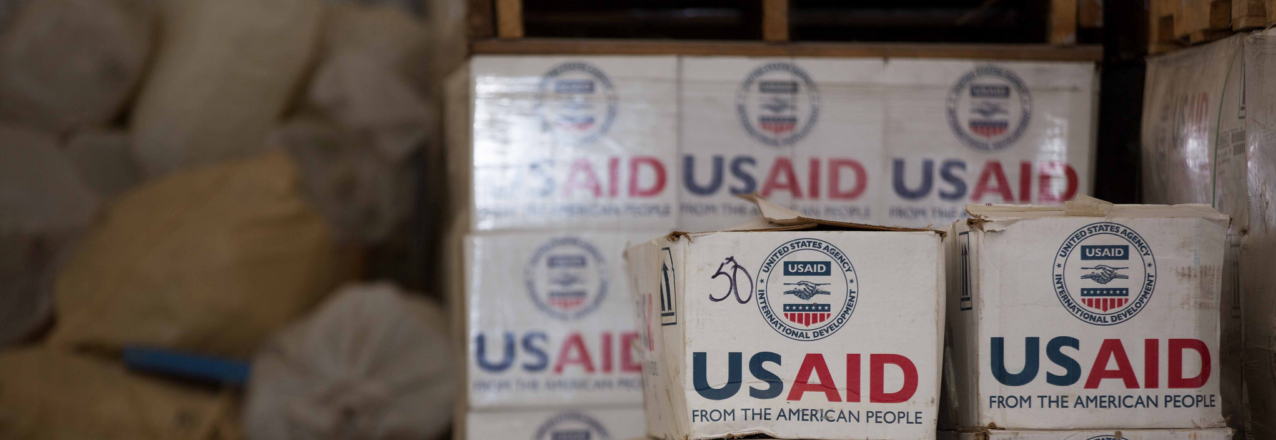
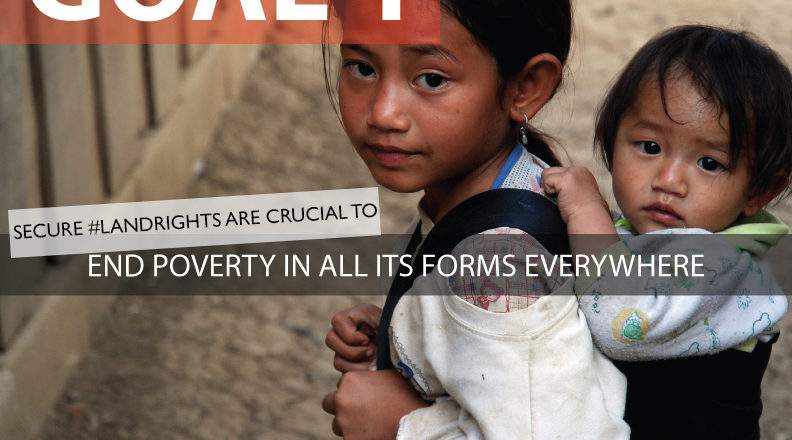
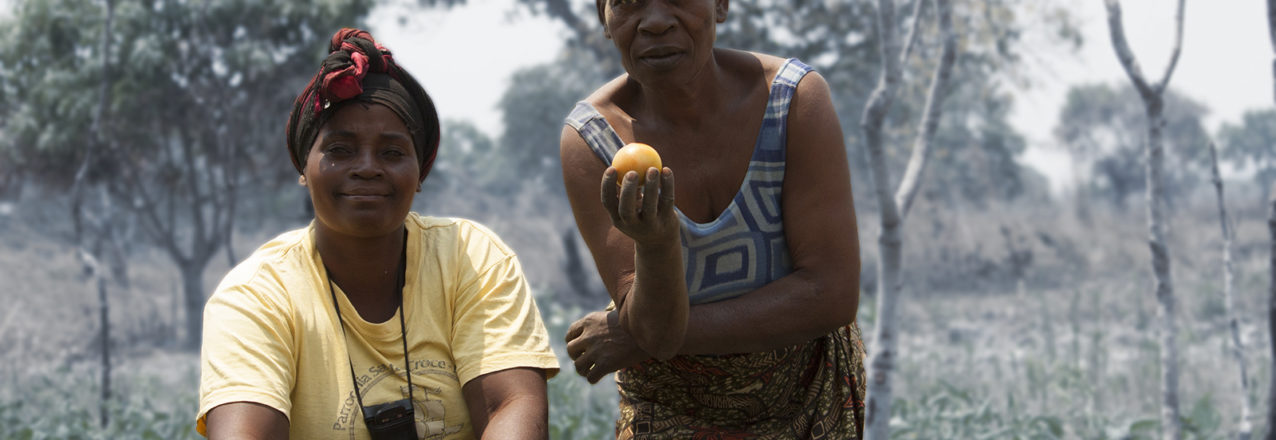
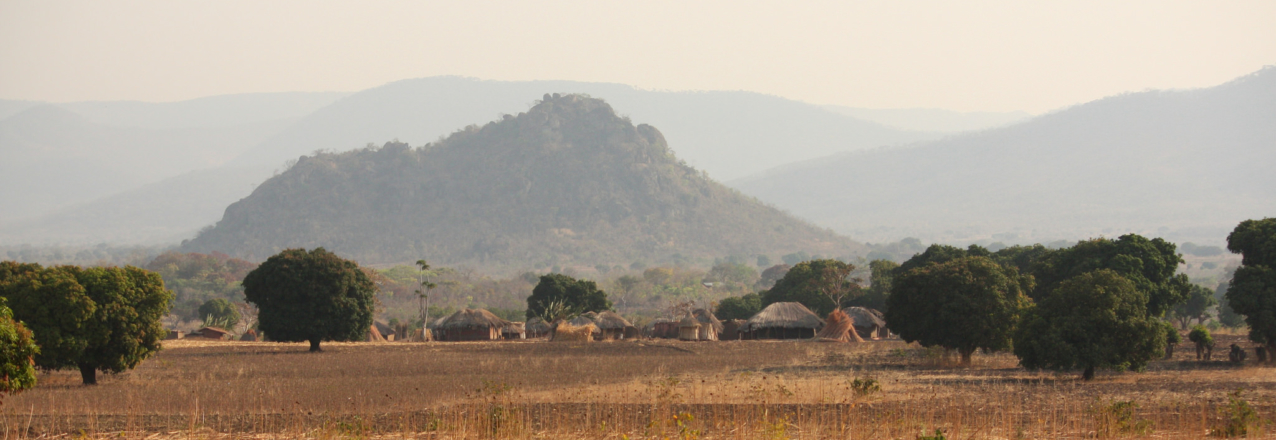
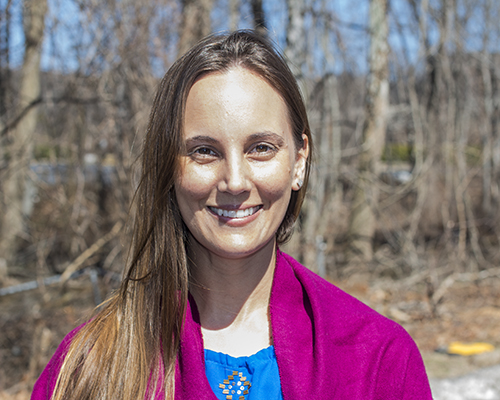
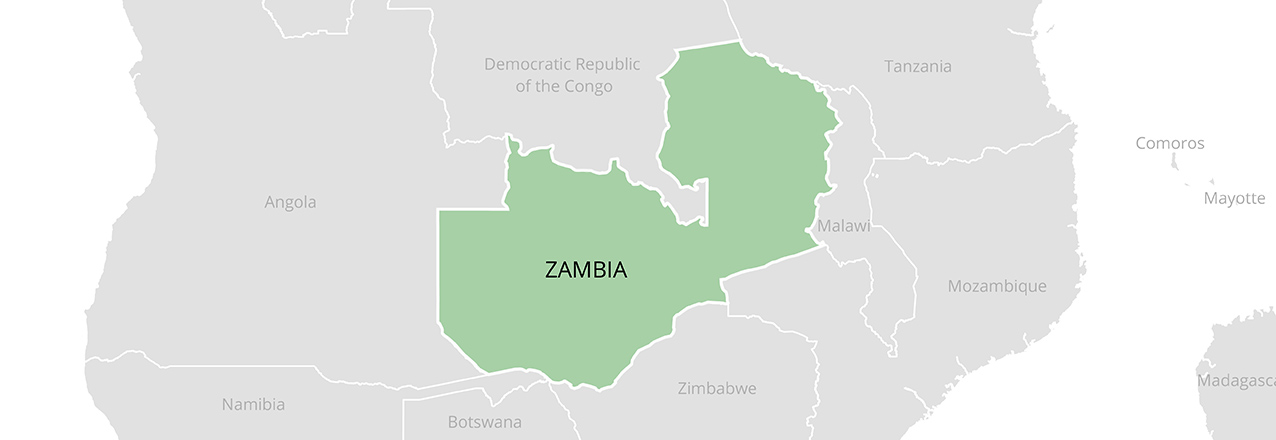
 Lauren Persha, PhD, is an Assistant Professor in the Department of Geography at the University of North Carolina at Chapel Hill, and a Research Advisor at The Cloudburst Group. In her role as an advisor, she provides research and technical guidance on a portfolio of USAID-funded impact evaluations in the land and resource governance sectors – including impact evaluations of land tenure projects in Ethiopia, Zambia, Guinea, and Liberia.
Lauren Persha, PhD, is an Assistant Professor in the Department of Geography at the University of North Carolina at Chapel Hill, and a Research Advisor at The Cloudburst Group. In her role as an advisor, she provides research and technical guidance on a portfolio of USAID-funded impact evaluations in the land and resource governance sectors – including impact evaluations of land tenure projects in Ethiopia, Zambia, Guinea, and Liberia.